Cryptojacking: How To Protect Yourself

As the demand for online transactions rose, so did the need for cryptocurrency.
There is no centralized system to regulate cryptocurrencies.
The decentralized system is what attracted hackers, to begin with.
Soon afterward, people started looking into alternative ways to mine cryptocurrencies.
That is when cryptojacking was born.
Lets explore cryptojacking...
What is Cryptojacking?
Crypotojacking, or malicious crypto-mining, is the illicit use of someone's device to "mine" cryptocurrencies.
When Bitcoin was at its height of success, cryptojacking made its first appearance.
Hackers compromise the devices by infecting a website or advertisement.

If a user clicks on this malicious link, a code enters their computer system and sabotages it.
Unlike other cyber threats, these codes are hard to detect.
They work in the background without any indications. That doesn't mean you can't detect any changes.
Your device will have a shorter life.
You may also get increased electricity bills.
There may be performance lags but most unsuspecting users tend to ignore them.
This is why it's becoming a serious global dilemma.
The motive for these attacks is making a profit. Criminals are making money with the merest effort.
They are coming up with new ways to steal resources.
Hackers now embed the malware function on YouTube.
Users activate the crypto-mining scripts with a simple click.
The Process of Cryptojacking
Your device may be subjected to crypto-mining in more than one way.
The process is simple.
By clicking on a seemingly innocent link in an email will invite the crypto-mining code into your computer. Then it gets to work...
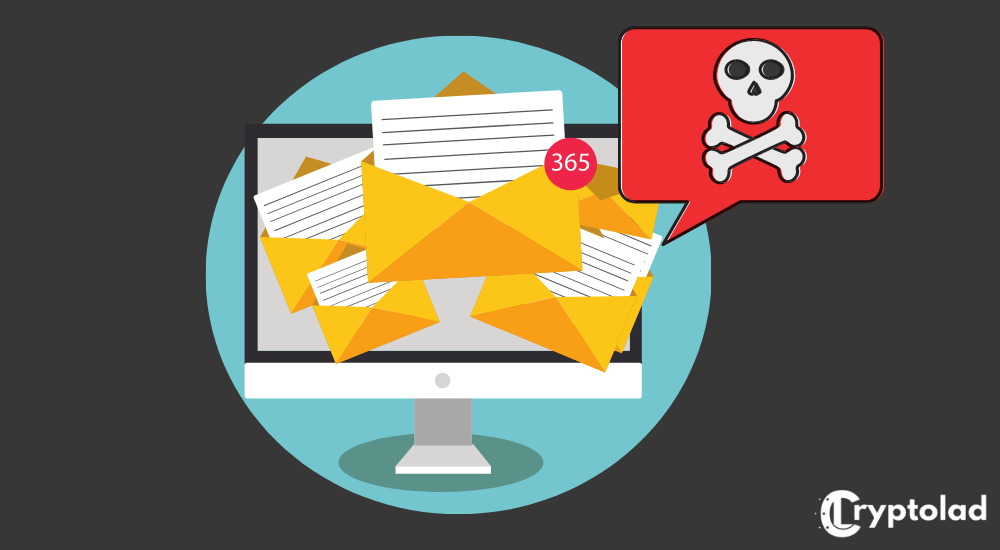
Once the code takes over your computer, the hacker starts to mine your cryptocurrency.
You won't even notice. The code resides in your device without leaving any evidence behind. Before you know it, your resources are now in the hands of the crypto-jacker.
Another common scheme comes in the form of an embedded JavaScript code on a website.
If you visit the page, the hacker finds a leeway to your device.
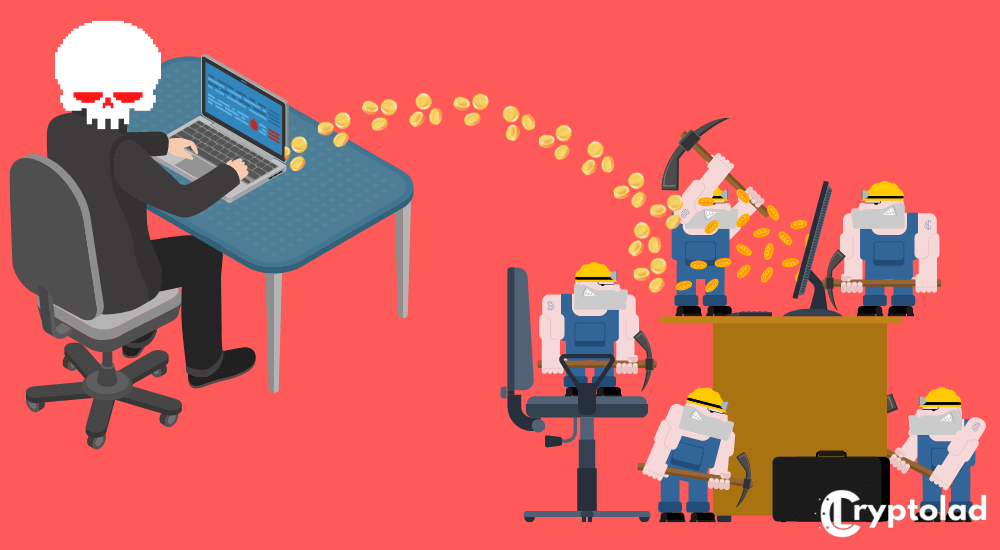
They then begin to mine crypto using your device.
Nowadays, hackers can infect mobile phones and other cellular devices.
No matter how the hacker taps into your device, no code remains on your computers.
The code directly sends the collected data to the hacker's server.
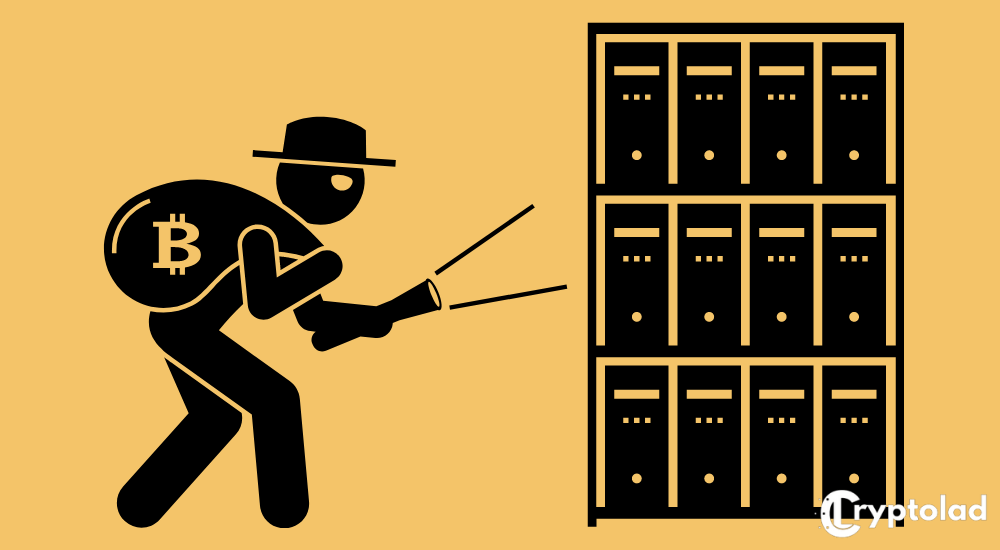
Some crypto-mining scripts even have the capacity of worming.
This means they can attack any associated device on a certain network.
It's hard to detect and eliminate the threat once this happens. A code could also have multiple variants.
This helps tap into different types of servers. Some attacks take place through a Trojan hidden in applications.
How can you know? You won't until it's too late. The processor tends to overheat and die.
How Serious is Cryptojacking?
While cryptojacking is moderately new, the idea of hacking is not. Malicious crypto-mining has been around since 2017.
It wasn't until 2018 that it was recognized as a significant security threat. It may be the most prevalent one by the next few years.
Cryptojackers are continuously coming up with ways to evade your devices.
An increased number of Android-based malware can attest to that. Hackers prefer this over ransomware because it pays more in the long run. Stealing small amounts of money adds up to a hefty sum.
How to Identify Cryptojacking
Usually, no. It's challenging to detect. You have to pay close attention to your devices.
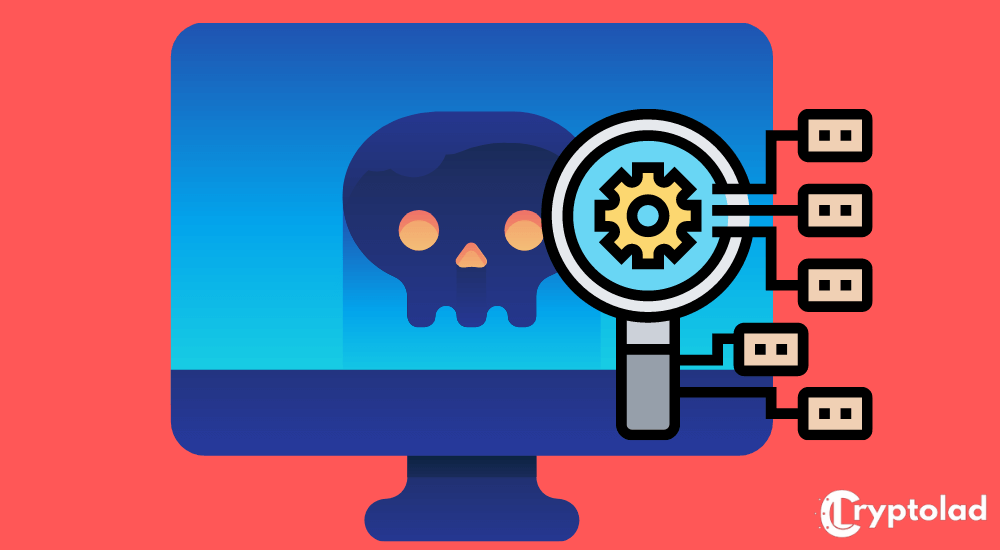
There are noticeable signs. You can't rely on simple anti-virus software. The scripts used for crypto-mining can't be discovered by the common security tools.
That's one of the reasons why people spot the problem too late.
Cryptojacking is a subtle process. There are other ways you can inspect whether your system has been compromised.
Keep an eye out for your resource usage.
Open your Activity Monitor and see whether your computer resources are maxed out. It might be caused by external factors.
So check those out first. If you can't find any reasonable ones, there's a like chance your device is compromised.
Check your bills carefully.
Notice an increased hike of cloud bills? There's something suspicious then.
Cryptojackers can phish your login credentials easily. It only takes an accidental click or two. Unfortunately, you won't be able to pick on this problem until the end of the month.
Check how your system is functioning instead. Crypto-mining will lead to your machines overheating. Decreased performance is a sign of potential infection.
You should also be alert when there is an increased number of complaints in your office. Investigating never hurts.
Get your devices checked when:
- It's repeatedly crashing or slowing down.
- The device is heating up needlessly.
- It's making continuous loud sounds.
- The battery life is draining quicker than usual.
How To Protect Your Devices From Cryptojacking
It's difficult to pinpoint the origin of the problem. This makes it harder to protect your devices from cryptojacking.
The high CPU usage stops you from troubleshooting with ease.
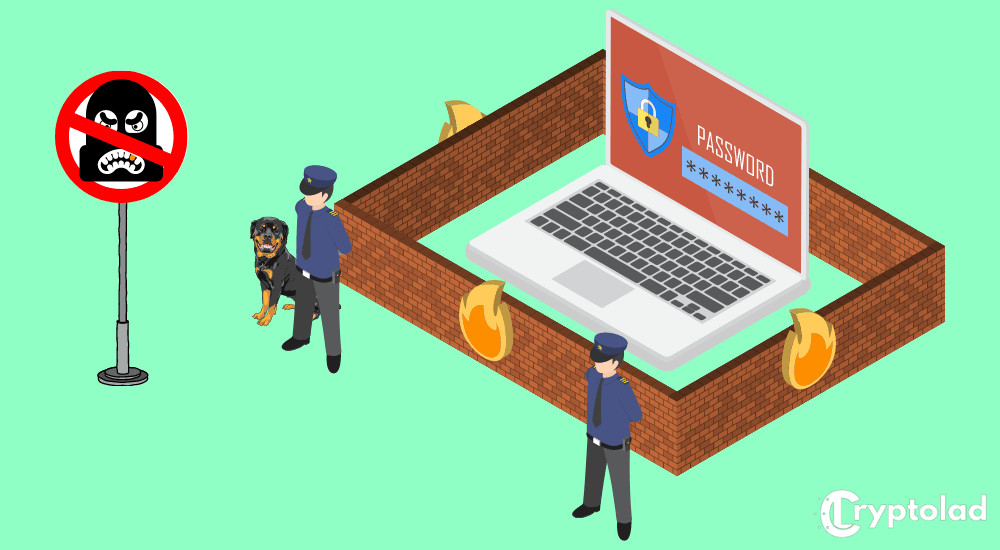
Running at maximum capacity tends to slow down your device. So it's best to be cautious beforehand.
These are some easy way to protect your devices from cryptojacking:
Install security before any potential problems arise. Be wary of any type of phishing.
Ignore any dubious emails. Improve your web browser security. Use a reliable adblocker.
Find add-ons that detect and block harmful scripts. Block JavaScripts in the browser you frequently use.
- Run regular malware scans on your devices
They may be simple methods but they are extremely effective!
Final Thoughts
Some problems are inevitable. A cryptojacking attempt may slip through the net.
Brace yourself and your team beforehand. The problems may lead to decreased performance only.
Take it as an opportunity to amp your security. Train your office and peers properly.
Stay ahead of cryptojackers and protect your devices!
PS: We Love Your Comments!
Let us know your thoughts below...